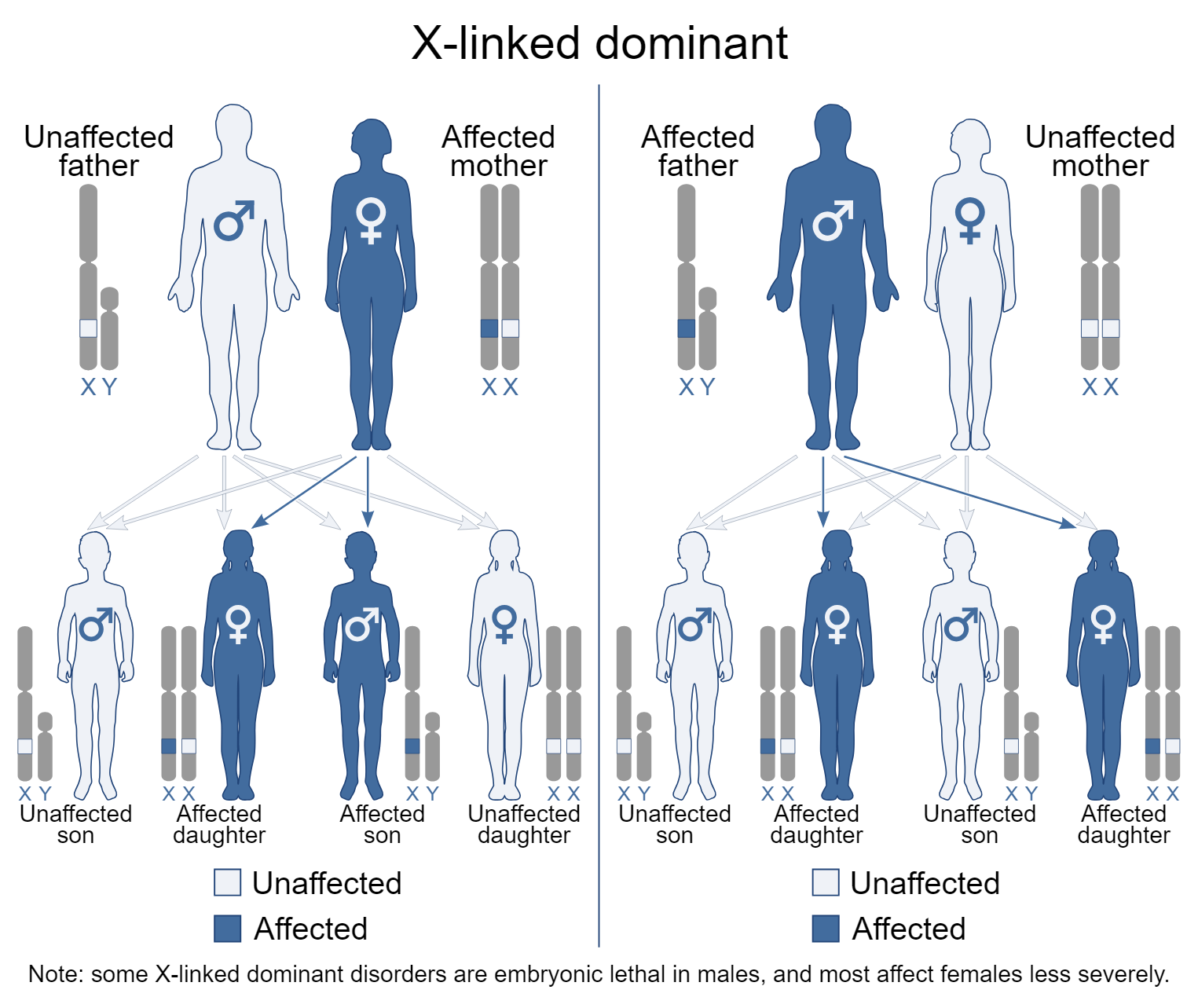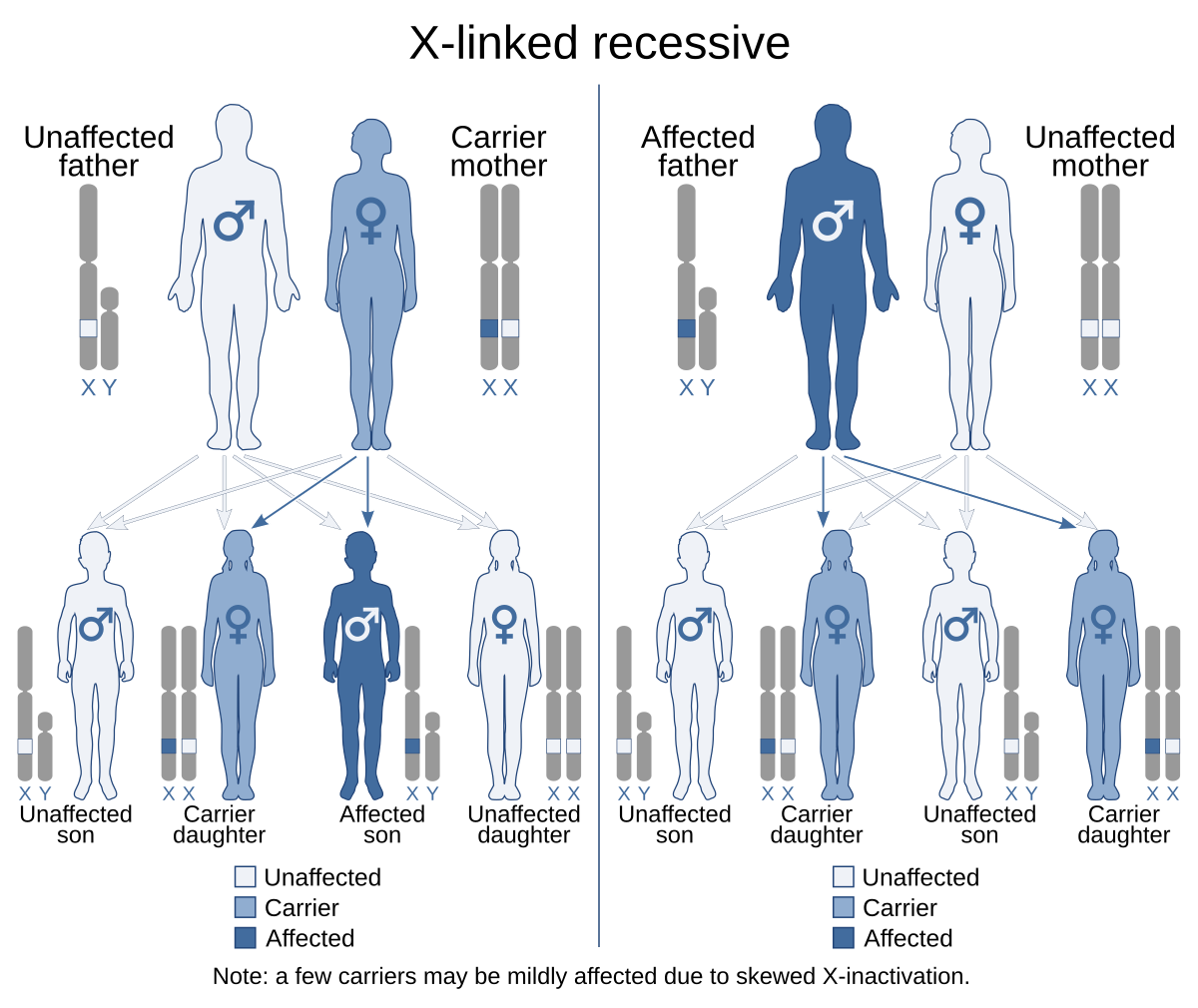Unit 5: Heredity
1/21
There's no tags or description
Looks like no tags are added yet.
Name | Mastery | Learn | Test | Matching | Spaced |
|---|
No study sessions yet.
22 Terms
What is meiosis?
a type of cell division that produces gametes (sperm and egg cells) with half the number of chromosomes (haploid, n)
occurs in sexually reproducing organisms and ensures genetic diversity in offspring
what are homologous chromosomes
chromosomes that are about the same size and contain the same types of genes in the same locations
what are gametes?
Sperm (male) and egg cells (female)
Explain the 2 divisions of meiosis
Meosis I
Prophase I: homologous chromosomes pair up, condense, and crossing over occurs (exchange their genetic info)
Metaphase I: homologous chromosomes align in pairs in the middle of the cell (so 2 lines essentially)
Anaphase I: chromosomes pulled away by spindle fibers
Telophase I + Cytokinesis: Cell splits in two haploid cells (half the chromosomes of the diploid cell)
Meoisis II
Prophase II: Homologous chromosomes condense
Metaphase II: Chromosomes allign in the middle (single file)
Anaphase II: chromatids are pulled away by the spindle fibers
Telophase II + cytokinesis: cells divides again → 4 identical haploid cells

what is nondisjunction?
When chromosomes dont seperate correctly. A cell can recieve too many/few chromomes in the seperation which can lead to genetic disorders
Law of Segregation
An individual has two alleles for each gene (one from each parent), each gamete only has one of these alleles.
Example: A plant with genotype Aa makes gametes that carry either A or a, not both.
Mnemonic: Segregation → split
There are 4 gametes made in meiosis. 2 get a and the other 2 get A
Law of Independent Assortment
genes for different traits are inherited independently of each other during gamete formation, resulting in genetic variation.
Example: A pea plant’s genes for color (Y/y) and shape (R/r) are inherited separately, so you can get any combination (YR, Yr, yR, or yr).
codominance
both alleles in a gene pair are fully expressed in the phenotype (neither allele is dominant or recessive)
Example:
In blood type AB, both A and B alleles are expressed in the phenotype
Incomplete Dominance
A blend of both alleles of a phenotype, resulting in a third phenotype that is a mix between the two
Example:
In flower color in some plants, crossing a red flower (RR) and a white flower (WW) can give pink flowers (RW).
Linked Genes
genes that are located close to each other on the same chromosome tend to be inherited together as a pair (can be seperated through crossing over during meiosis)
Example:
Think of a chromosome like a beaded necklace, and each bead is a gene that codes for a trait (like eye color or height).
Imagine you have two genes, one for eye color and one for hair color.
If these two genes are located on the same chromosome, they are linked because they are on the same "bead necklace" (chromosome).
So, when that chromosome is passed down to offspring, both genes (for eye and hair color) usually get inherited together.
Chie Squared Test
The Chi-Square Formula:
x2=∑(O−E)2/E
Where:
O = Observed value (what you saw in your results)
E = Expected value (what Mendel would predict)
Step-by-Step Example:
Let's say you're crossing heterozygous tall (Tt) plants, and you expect a 3:1 ratio (tall : short).
You counted 80 plants.
Expected:
Tall = 60 (75%)
Short = 20 (25%)
Observed (you counted):
Tall = 65
Short = 15
Now plug into the formula:
X2= (65-60)2/60 + (15-20)2/20 = 1.67
Degrees of Freedom (df):
df = number of categories - 1
2 categories: (tall and short), so df = 1
Look at a Chi-square table and compare your value (1.67) to the critical value at p = 0.05 and df = 1 (which is 3.84).
If χ² < 3.84 → Fail to reject your hypothesis (your data is close enough to expected)
If χ² > 3.84 → Reject your hypothesis (something else may be going on)
if its too low, reject the hoe!
In our case:
1.67 < 3.84, so we fail to reject — our results are consistent with Mendelian inheritance.
Multiple alleles
More than two alleles exist in the population (but an individual still has only 2).
Example: ABO blood group has IA, IB, and i alleles.
IA | i | |
|---|---|---|
IB | IAIB (AB) | IBi (Type B) |
i | IAi (Type A) | ii (Type O) |
IA → Type A
IB → Type B
i → Type O (recessive)
Polygenic Inheritance
Many genes contribute to a single trait.
Epistasis
One gene masks or modifies another (e.g., Labrador coat color)
Pleiotropy
One gene causes multiple effects in different systems (e.g., sickle cell affects many organs)
Sex-linked
Genes located on sex chromosomes (usually X).
Traits like color blindnessare and hemophilia are more common in males.
Pedigrees
Key Symbols in Pedigrees:
Circle: Female
Square: Male
Shaded shape: Individual who expresses the trait (affected)
Unshaded shape: Individual who does not express the trait (unaffected)
Half-shaded shape: Carrier of the recessive allele (heterozygous, but does not express the trait)
Vertical line connecting a circle and square: Represents offspring
Horizontal line connecting two individuals: Represents parents

Autosomal Dominant Inheritance
Child inherites a dominant allele from one parent or both dominant alleles (AA or Aa)
At least one parent must carry a dominant allele
If the trait is autosomal dominant:
Every affected person (shaded) usually has at least one affected parent.

Autosomal recessive Inheritance
Child inherites one receessive allele from each parent (ee)
If the trait is autosomal recessive:
Affected people (shaded) may have unaffected parents (carriers).
The trait can skip generations.

Autsomal chromosomes
non sex chromosomes
carry genes that determine traits like eye color, height, or blood type
x linked dominant
An X-linked dominant trait is caused by a dominant allele located on the X chromosome.
An affected father (with the dominant allele on his X) will pass it to ALL daughters, but none of his sons.
Daughters get his only X chromosome → they all inherit the trait.
Sons get his Y chromosome → they don’t inherit the X-linked trait.
An affected mother (heterozygous or homozygous) can pass it to both sons and daughters.
50% chance if she’s heterozygous.
100% if she’s homozygous.

x linked recessive
An X-linked recessive trait is caused by a recessive allele on the X chromosome. Since males have only one X, they are more likely to express the trait if they inherit the recessive allele. Females have two X chromosomes, so they need two copies of the recessive allele to show the trait.
Affected fathers cannot pass the trait to their sons.
Fathers pass their Y chromosome to sons.
But they can pass the affected X to daughters, making them carriers if mom provides a normal X.
